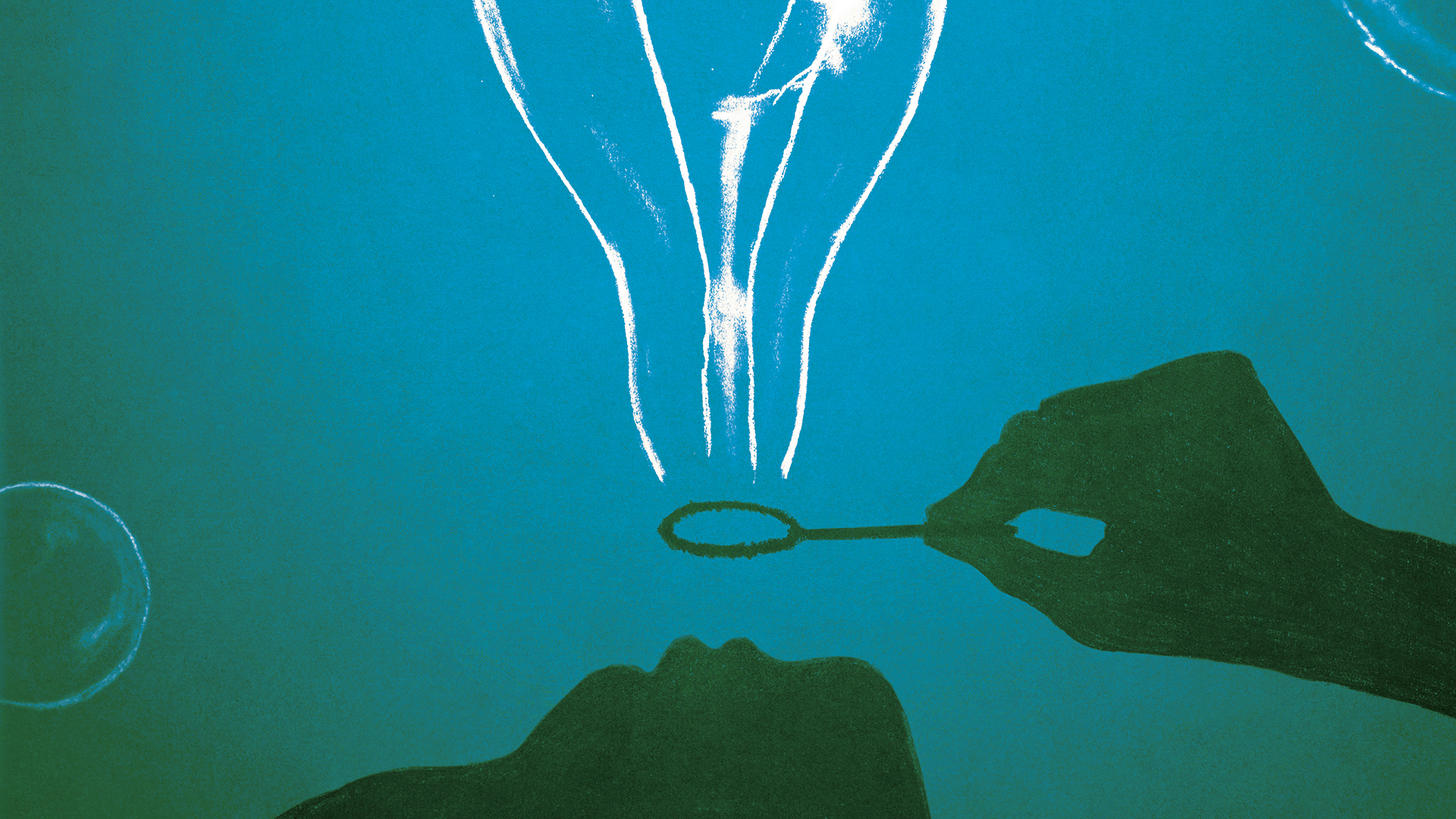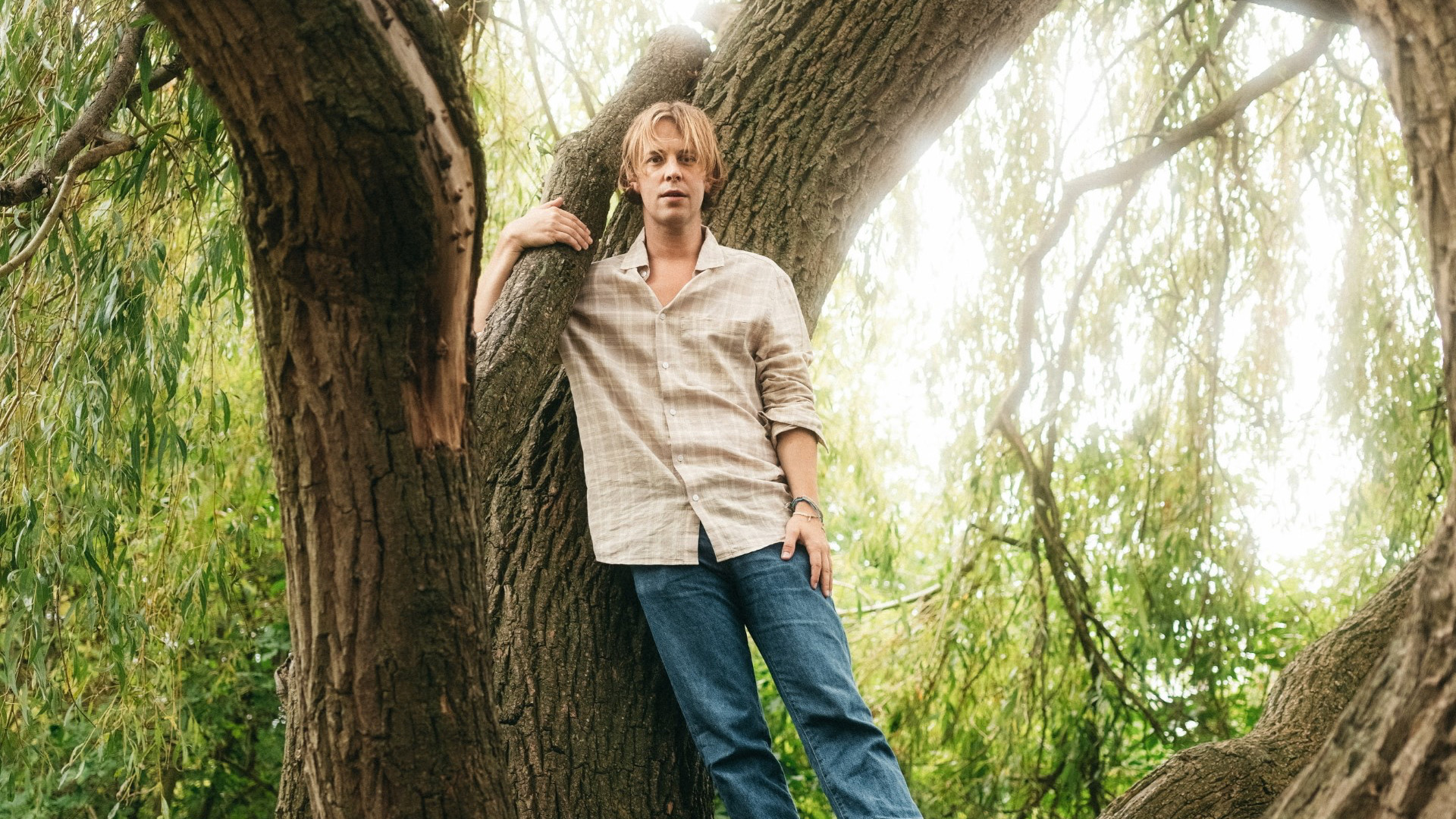
Saturday, April 22
Tor Caldara: an itinerary between geology, environment and history
Address: Tor Caldara Regional Nature Reserve, Litoranea Ostia-Anzio km 34,400, Anzio (Rome)
Duration h 4.30 approx.
Route: 8 km
Difficulty: easy
Rendezvous: 10:30 a.m. entrance to the Reserve
Plastic free event
NO animals are allowed in the Reserve
ISPRA guides: Marco Pantaloni, Federico Araneo, Fabiana Console, Daniela Paganelli, Ornella Nonnis, Max Bianco, Paola La Valle
The Tor Caldara Nature Reserve covers about 44 hectares in an undeveloped stretch of coastline between Anzio and Lavinio, about 60 km south of Rome. Inside stands a 16th-century watchtower set in a dense tangle of Mediterranean scrub, a rare reminder of the ancient coastal forests along the southern Latium coast. Geologically, the Tor Caldara sulfatara is related to the secondary activity of the Latium volcanic district. In addition to its geological features, the area is a small biodiversity hotspot and hosts a Natura 2000 site of great naturalistic importance.
In case of bad weather, the walk will be postponed to another date after notice by e-mail to those registered.
The walk is SOLD OUT and registration is no longer possible
Sunday, April 23
The Drizzagno and Spinaceto dead bend along the Tiber, geological characters and fluvial ecosystems compared
Address: ACEA Conference Center "La Fornace" parking lot, Via dell'Equitazione
Duration: about 3 hours
Route: 5 km
Difficulty: easy
Meet at 10:00 a.m. at the Parking Lot
Plastic Free Event
Accompanied animals are allowed
RECOMMENDED CLOTHING: sneakers or hiking shoes, water
ISPRA guides: Marco Pantaloni, Federico Araneo, Fabiana Console, Max Bianco
The excursion will show the geological and geomorphological features of the area and the changes in the environment and ecosystem induced by human activities. From the Mezzocammino Bridge it will be possible to see the cut of the Spinaceto bend of the Tiber: the Drizzagno. The work completed the hydraulic arrangement project started in the late 19th century with the construction of the Walls.
Despite the heavy anthropogenic impact and the presence of the GRA, it will be possible to observe patches of vegetation typical of riverine environments as well as naturalized and invasive plants; it will be possible to walk along the ancient riverbed and observe sediments transported over geological times.
In case of bad weather, the walk will be postponed to another date after notice by e-mail to those registered.











